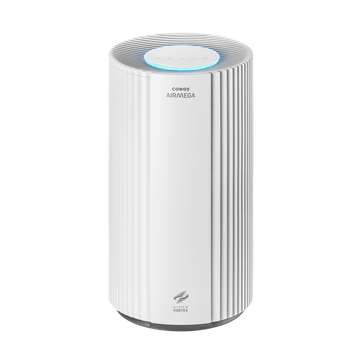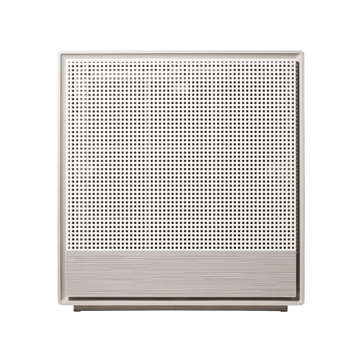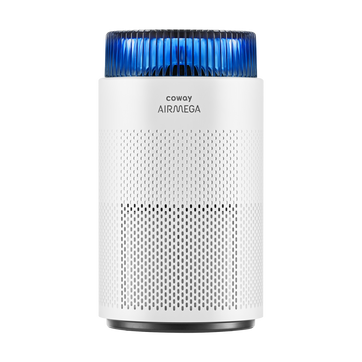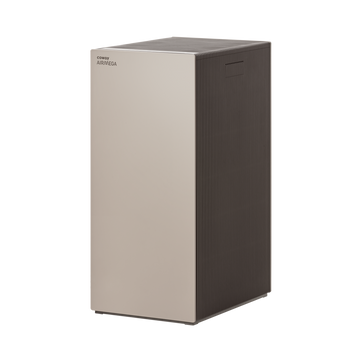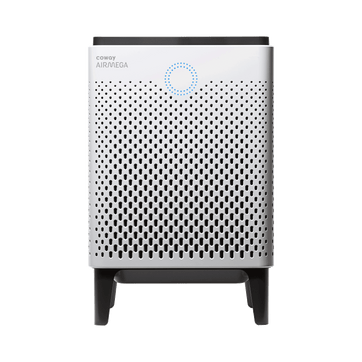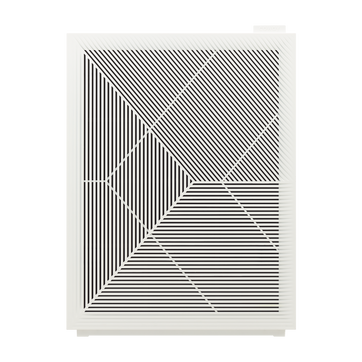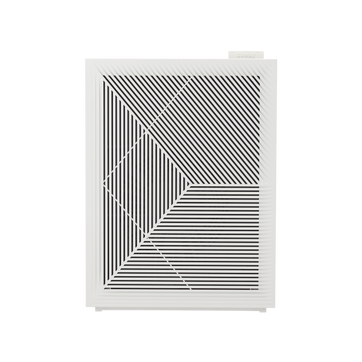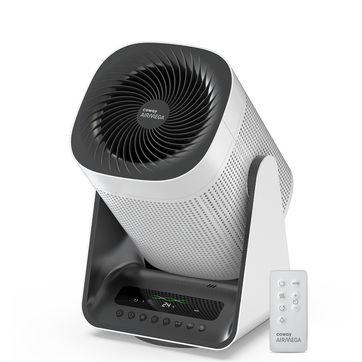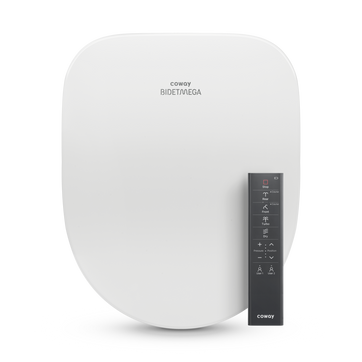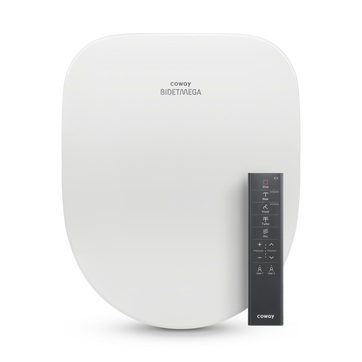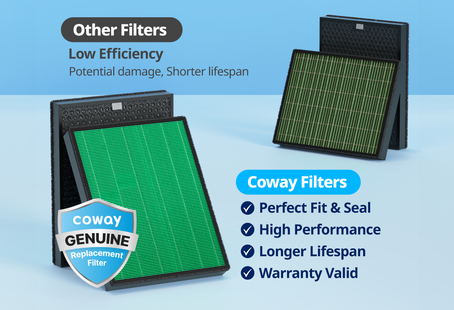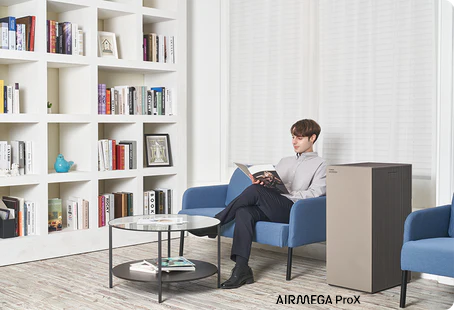
New study: The plants that help indoor air filtration
We take a look at a recent study on common houseplants and their ability to help clean air by filtering some frequently-found VOCs from the air you breathe.
The Research:
We learn in elementary-school science class how vital plants are to our ecosystem, particularly because they convert carbon dioxide back into breathable air. But Vadoud Niri, an associate professor of chemistry at the State University of New York in Oswego, believes that the right combination of plants can also help prevent “sick building syndrome” — the dizziness, asthma, and allergies that come with breathing in ubiquitous VOCs in high concentrations. His findings, presented this summer, measure the efficacy of certain common houseplants at removing eight top VOCs.
The Results:
The research team placed five varieties of houseplant (jade plant, spider plant, bromeliad, Caribbean tree cactus, and dracaena) in sealed chambers. They then added eight VOCs — including acetone, benzene, and formaldehyde — into the chambers, and measured concentrations after a 12-hour period. All five plants greatly reduced acetone, the chemical in nail-polish remover and other household items like printer ink; the dracaena plant did the best, capturing up to 94 percent of acetone in the air. However, the bromeliad plant was the top overall performer, reducing concentrations of six of the VOCs tested by up to 80 percent.
The Takeaway:
Niri’s findings build on the ongoing study of biofiltration (that is, the use of plants to remove chemicals), but further research is needed to assess plants’ efficacy in real-world environments like homes, offices, and salons. Smartly selected houseplants may help manage VOCs in the home to a point; at the very least, they’re an affordable — and aesthetically pleasing — addition to any air purification or ventilation system already in place.
Disclaimers
1Coway air purifiers has been proven to trap dust, pollen, dander, viruses and bacteria in the air based on KCL (Korea Conformity Laboratories) testing.They have been tested in a 30㎥ size chamber according to the Korea Air Cleaning Association standard (SPS-KACA 002-132:2022 Modified) to measure the 0.01㎛ size of particle removal rate. It was tested on maximum airflow speed in normal room temperature and humidity conditions. The performance may vary in the actual living environment of customers.
→ Tested with Airmega Aim, 150, 160, AP-1216L, AP-1512HH, AP-1512HHS, 200M, Icon, IconS, 230, 240, 250, 250 Art, 250S, 300, 300S, 400, 400S, ProX
299.97% of viruses, bacteria, fungi and pollen were verified to be removed from the air for Coway air purifiers which have Green True HEPA™ filter applied based on the Japan Food Research Laboratories(JFRL) testing according to JEM 1467 standard.
→ Tested with Coway Airmega AP-1512HH, AP-1512HHS, 250, 250 Art, 250S, 300, 300S, 400, 400S
→ All tested by JFRL and received above result within below time.
All tested by JFRL and received above result within below time.
- Virus: Tested with Escherichia coli phage ΦX174 NBRC 103405, 60 minutes
- Bacteria: Tested with Staphylococcus epidermidis NBRC 12993, 60 minutes
- Fungi/Mold: Tested with Penicillium citrinum NBRC 6352, 60 minutes
- Pollen: Tested with Cedar Pollen extract, 60 minutes
3Aerosol test conducted in a Biosafety level 3 laboratory with two Coway air purifier models, Coway Airmega 250 and 400 for removal of SARS-CoV-2 Aerosol by US based MRI Global, a not-for-profit laboratory and partner of US Department of Defense. The test was conducted in a 13.1ft3 chamber. Virus was aerosolized for 15 minutes and the product was turned on high for 2 minutes. Result showed each product effectively removed over 99.98% of the SARS-CoV-2 in 2 minutes. This is a result from a laboratory experiment condition and result may vary in different conditions. This result does not imply it kills SARS-CoV-2 or prevents the transmission of Covid-19. Coway Airmega 250S and 400S are identical to the tested models and has equal performance with an additional mobile connectivity function.
4The concentration of ammonia, acetaldehyde and acetic acid were proven to be removed within 30 minutes by FCG Research Institute, Inc. Human Life Science Lab. It is not a demonstration result in the actual use space. Not all odors and gases may be supported. → Tested with Coway Airmega 150, 160, AP-1512HH, AP-1512HHS, 400, 400S
5The coverage area of the air purifier is based on an area where the air cleaner can make two air changes per hour (ACPH). An air change per hour translates to how many times an air purifier can clean an area, assuming the height of a ceiling to be 8 ft, in one hour. Therefore ** means two air changes per hour means that the cleaner can clean the area once every 30 minutes and * means air changes per hour means that the air purifier can clean the area once every 60 minutes.
10Terms and conditions apply. Discounts, including promotions, coupons, bundle discount and subscription discount, cannot be stacked on top of other coupons. During promotional periods, discount codes will not be able to be applied to orders. Promo codes may apply to products only—filters, accessories, and new products within 3 months of the release date are not included.
